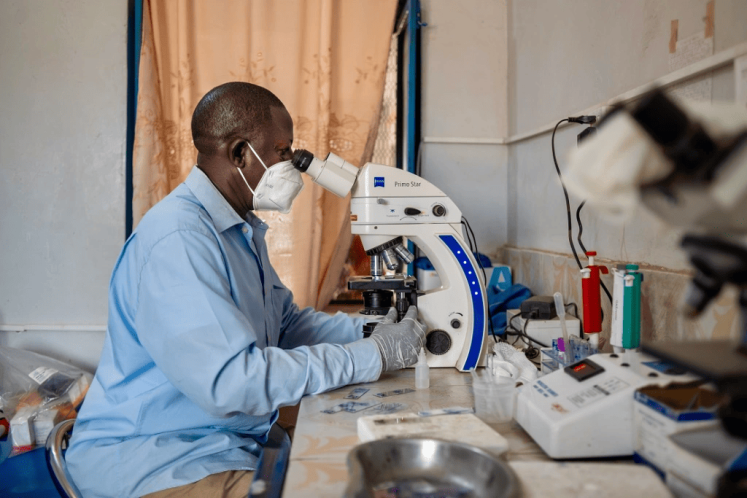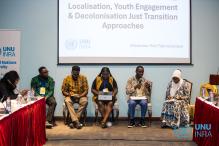Trickle-down economics holds that the way to lift the poor out of poverty is to support wealth creation in those who are already rich. The underlying assumption is that as the wealth of the rich grows, they will purchase more goods and services, creating opportunities for the less well-off to benefit. The theory is in direct contrast to one that actively redistributes wealth. The analogy in science is that the way to improve science in the less developed parts of the world (the Global South) is to concentrate the intellectual gravitas, the resources and the opportunities into the Global North. The concentration will produce the best science which will trickle methods, theories, and insights down to the Global South.
Ten years ago, Nigel Crisp observed, with respect to the healthcare workforce that ‘the global health system is characterised by an import–export business in which rich countries export the ideology of Western scientific medicine and aid predicated on this ideology to poor countries. In return, the poor countries export a portion of their preciously limited pool of trained health workers back to the rich countries.
A similar situation holds in scientific research. Many of the very brightest minds from the Global South go to institutions of higher learning in the Global North. They either go as graduate students or they go as fully-fledged researchers. They are attracted by better pay, resources, engagement and prestige. There are then three broad outcomes. If the move is a permanent one (which is the case 70% of the time) many of the researchers turn their focus away from the concerns of the Global South towards the research priorities of the Global North. This is where the funding is. Others will remain in the Global North but try to keep their focus on the issues of the Global South. Their impact is often limited, but not for a lack of good intentions. The challenge for the second group is that career progression in the Global North relies on building resumés that are competitive in that context. A competitive resume means:
• Pursuing a research agenda relevant to the Global North.
• Ensuring that the critical mass and intellectual gravitas of the science remain with them in their Global North institution.
• Attracting research funding to their Global North institution, which may be partially redistributed to scientific service units in the Global South.
• Attracting graduate students from the Global South under the rubric of ‘capacity building’ and, thus, perpetuating the cycle.
The third outcome is the return of the researcher to the Global South, often with significant frustrations due to the lack of an enabling environment in which their newly acquired skills can be applied.
Read the full article here: https://gh.bmj.com/content/4/4/e001719


